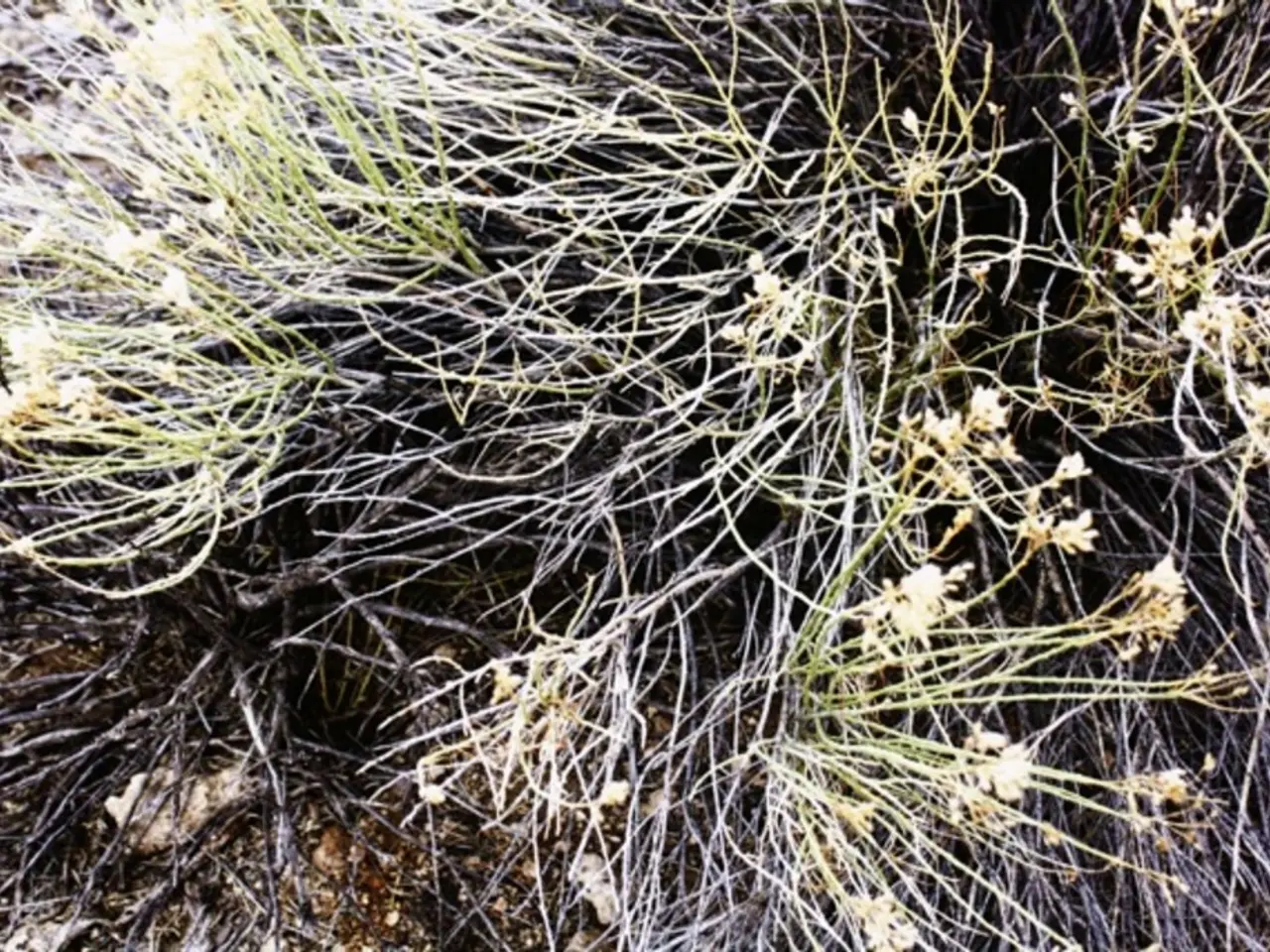Thriving Plants in Sand: Successful Gardening in Sandy Soil Conditions
In the quest to create a beautiful and thriving garden, sandy soil may seem like a challenge. However, many plants are well-adapted to these conditions, thanks to their drought tolerance, ability to thrive in poor nutrient soils, and excellent drainage needs. Here are some plants that excel in sandy soil, including durable grasses and attractive flowers.
Sandy soil lovers include Sedum, a drought-resistant ground cover plant that thrives in intense heat, poor soil conditions, and less water. Lavender, a resilient herb, is another example, capable of tolerating drought, heat, and poor soil.
When it comes to trees, the Chickasaw plum (Prunus Angustifolia) grows well in sandy soil, as do fruit trees like lemon, peach, mulberry, and jujube. For vegetable enthusiasts, root vegetables such as carrots, radishes, and potatoes, as well as cucumbers, peppers, watermelon, and cassava, are all suitable for sandy soil.
Watermelon, in particular, thrives in sandy soil and is prone to root rot, making it ideal for well-draining soil. Cucumbers require fast-draining soil and have a fast-growing, dense root system.
Besides the commonly listed vegetables, flowers, trees, and herbs, certain grasses and additional flowers are well-adapted to sandy conditions. These include Bahiagrass, Bentgrass, Bermudagrass, Centipedegrass, Tall fescue, and Zoysiagrass, which tolerate drought, poor nutrient levels, and promote vibrant green areas in sandy terrain, making them excellent for lawns or landscaping in sandy soils.
Among the flowers, Silver Lupine, Creeping Phlox, Crown Imperial, Crown of Thorns, Russian Sage, Daylily, and Lavender are all well-suited for sandy soil. Silver Lupine thrives in sandy or rocky soil and is fragrant and easy to maintain. Creeping Phlox is a bright evergreen ground cover native to dry, rocky places in America, requiring little maintenance. Crown Imperial produces striking orange pendent bell-shaped flowers and likes well-drained soil. Crown of Thorns is another suitable plant, though more often grown as a shrub.
Russian Sage is heat- and drought-tolerant, producing purple flower spikes, and is deer and rabbit resistant. Daylily is adaptable to most soil types, requiring minimal care and is very hardy. Lavender, a Mediterranean native accustomed to drought and heat, thrives in well-draining sandy soil.
Coreopsis, which thrives in full sun and produces flowers in shades of orange, pink, red, or yellow all summer, is another excellent addition to sandy soil gardens.
By understanding the plants that thrive in sandy soil, gardeners can create beautiful and resilient landscapes that not only survive but flourish in these conditions. Incorporating organic matter into sandy soil can further improve nutrient retention and moisture, allowing for an even wider variety of plants to grow successfully.
Home-and-garden enthusiasts will find several plants that excel in sandy soil, such as the drought-resistant Sedum, the resilient Lavender, the heat-tolerant Russian Sage, and the fragrant Silver Lupine. These plants, along with various grasses like Bahiagrass, Bentgrass, Bermudagrass, Centipedegrass, Tall fescue, and Zoysiagrass, are well-suited for lawns or landscaping in sandy soils.



